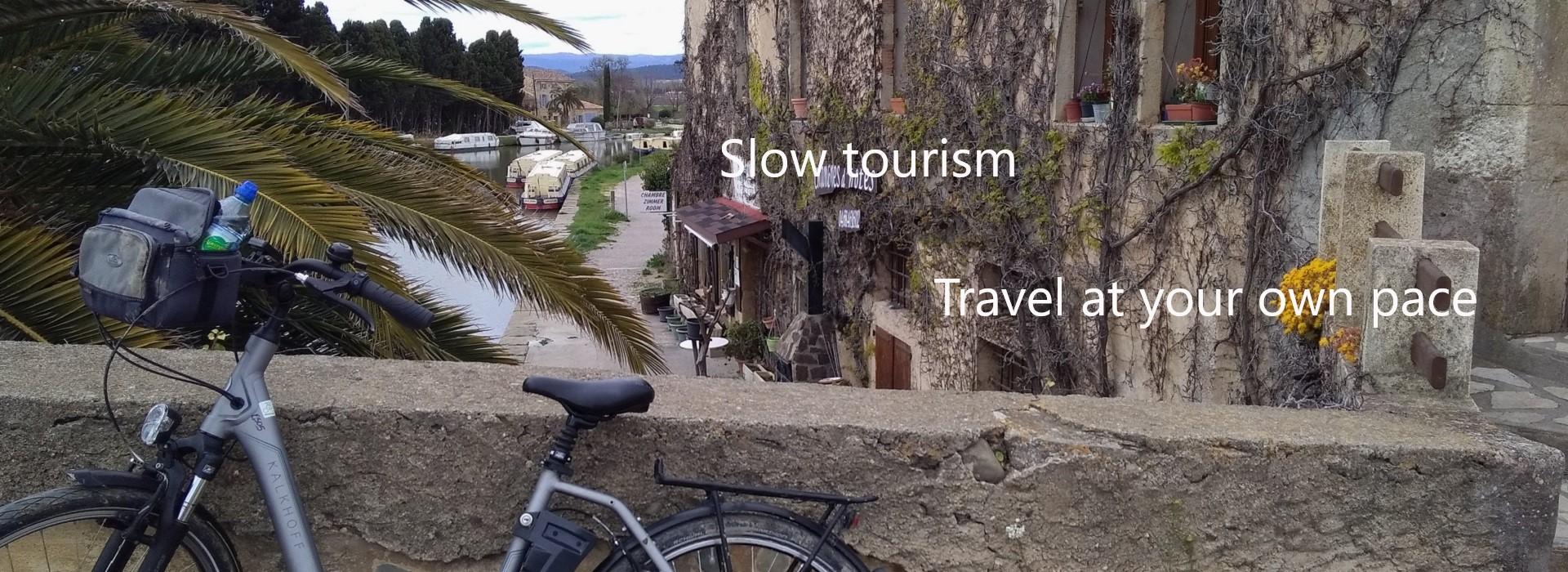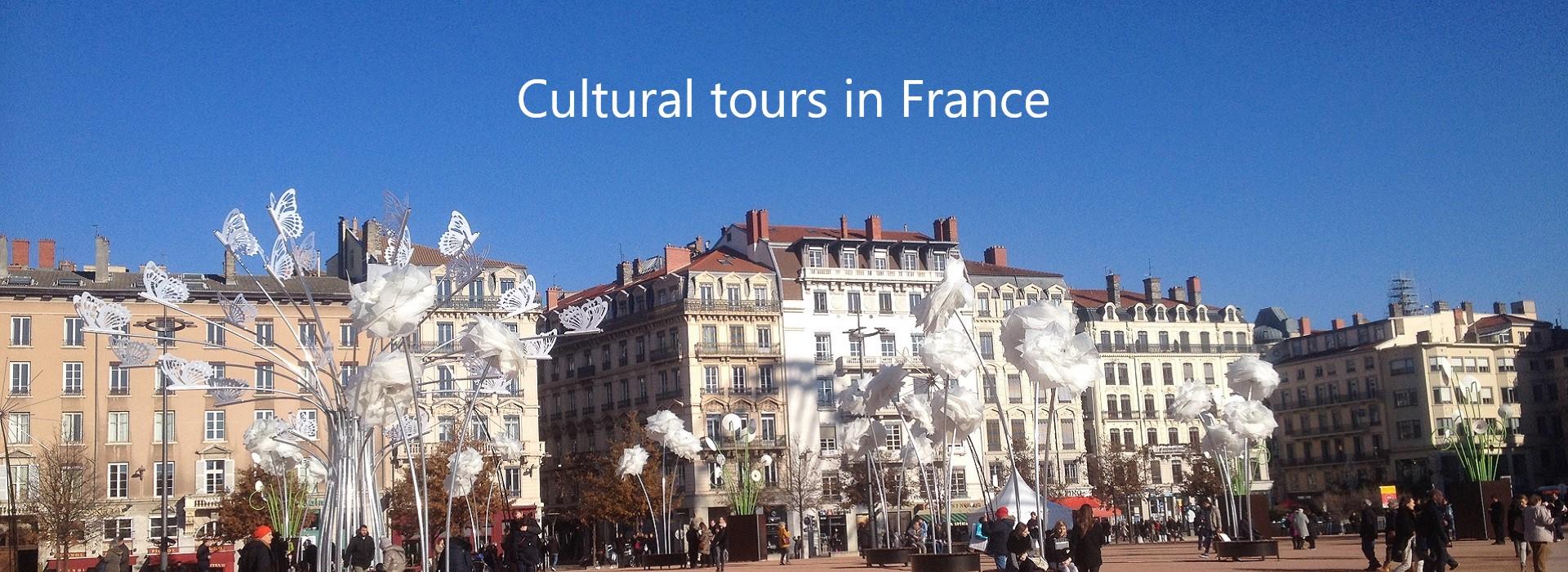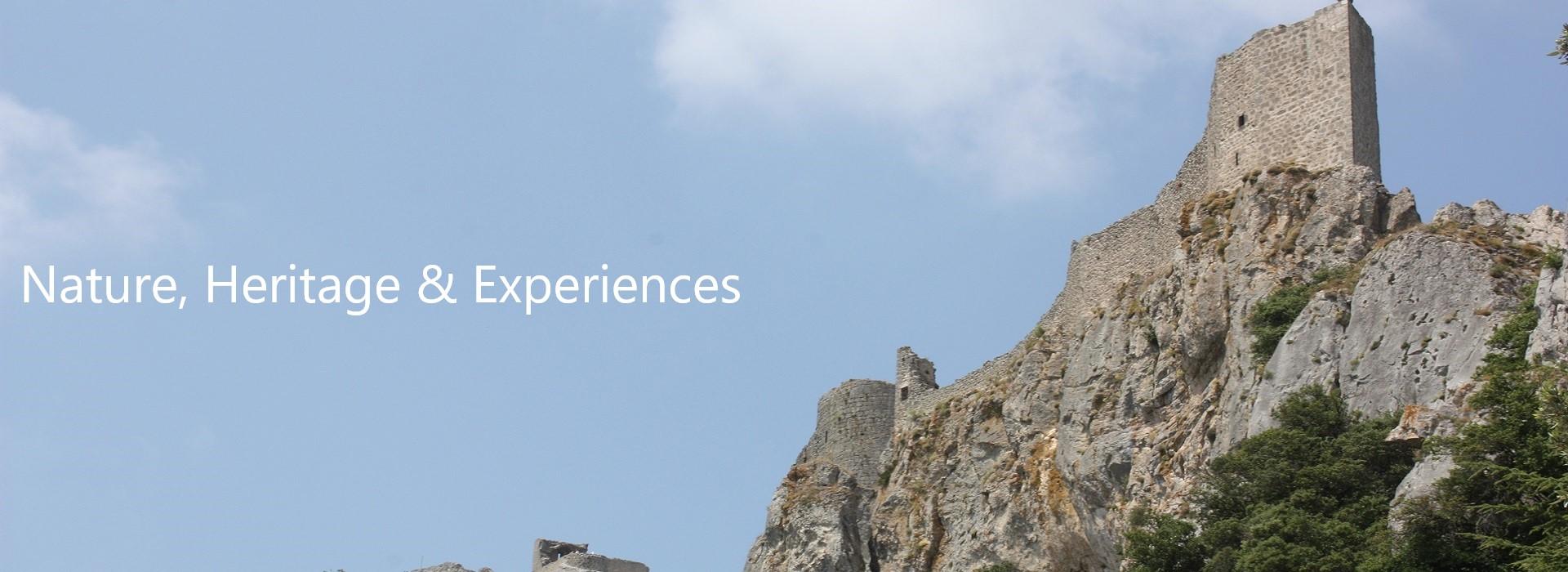Nimes and its Amphitheatre
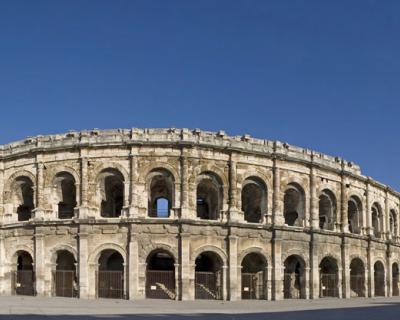
NIMES AND ITS ROMAN AMPHITHEATRE
Nimes is nowadays one of the most known cities for its roman heritage. But would Nimes be Nimes without this precious building and still deserve the statute of Roman city and attract so many people? Built during the 1st century AD, this massive and stunning Roman amphitheatre is maybe the best witness of the Roman Empire strength and power.
Its architecture and ancient/well preserved aspect make its charm. In before this emblematic place was made to organize fights in between gladiators and gladiators or fierce wild animals. Nowadays, it is still an important spot for cultural events, music concerts or even gladiators' historical re-enactement. Let's go back in time and explore the history of this magnificent building.
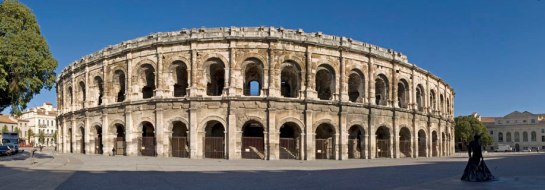
ONCE UPON A TIME...
Nimes is one of the oldest cities built during the Antiquity. Once incorporated to the Roman Empire, the city was called Nemausus. Nimes is the right place to discover antic buildings. Actually, the Roman Amphitheatre is not the only monument... You may discover the roman temple called The Square House and The Diane Temple as well. Around Nimes, you have to visit other impressive monuments such as the bridge called Le Pont du Gard.
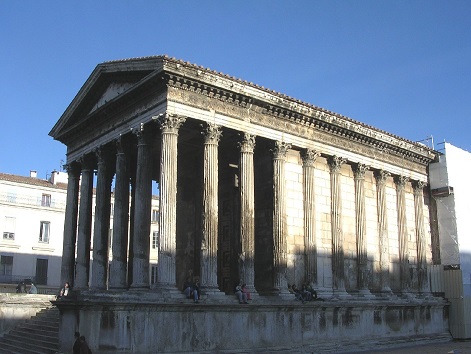
The Gard is a region famous for the preservation of Roman heritage. First, the amphitheatre was built to organize events in order to entertain the roman population of Nemausus Colony and places around. Every time, the plebs (common people in Roman Antiquity) would gather in there to attend to the gladiators fights and exotic wild animals. This massive and impressive building was quite huge: 34 grades and a capacity of 24 000 spectators.
Nevertheless, some years later, gladiators fights were forbidden. Time goes by and the city evolves... During the Dark Ages, time was troubled and the amphitheatre was converted into a fortified village within the town.
After Visigoth king Wamba conquered Nimes, the amphitheatre was reorganised as a true fortress. Modifications were brought, towers were added, arcades were filled and a moat was dug to protect this new fortification. As we just told, during the late Antiquity, the amphitheatre was a refuge place dedicated to the population protection. The "village" was even called castrum arenae. A small fortification, 2 churches and about 220 small houses were part of the village/hamlet built in there. The grades were removed and the amphitheatre became a stone quarry. For a long time, the amphitheatre was one of the most animated and popular districts of Nimes with its houses, shops and tiny streets.
Things would change around the 18th century, when the Amphitheatre was restored and inhabitnats were rehomed in new city districts, while Nimes city was in extension.
During the 19th century, the amphitheatre was converted into the place called "Les Arènes" (from the Latin arena: sand). People could attend to bull fighting, bull races or, just like nowadays, music concerts, theatre plays and other shows...
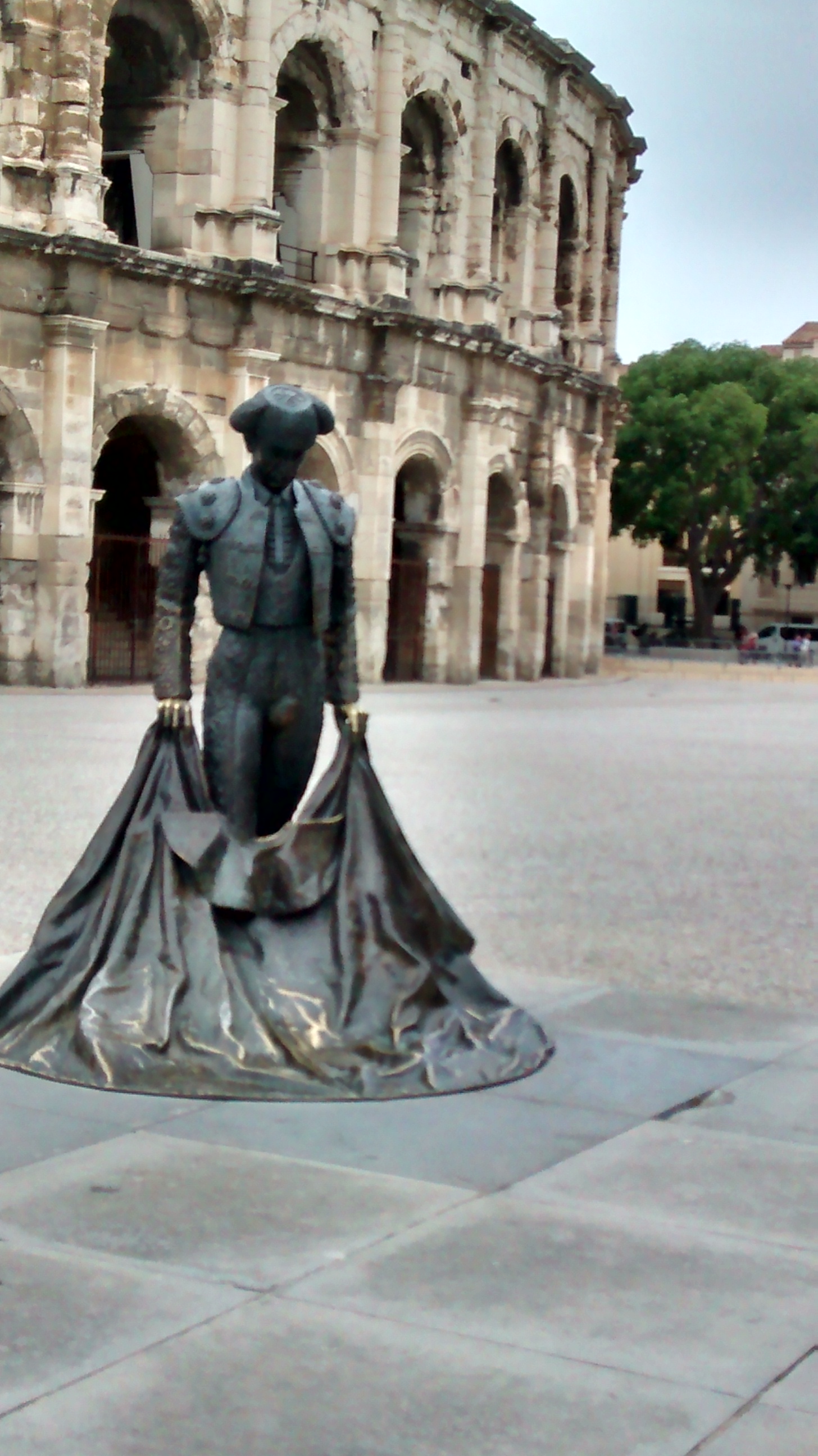

The Gard is a region famous for the preservation of Roman heritage. First, the amphitheatre was built to organize events in order to entertain the roman population of Nemausus Colony and places around. Every time, the plebs (common people in Roman Antiquity) would gather in there to attend to the gladiators fights and exotic wild animals. This massive and impressive building was quite huge: 34 grades and a capacity of 24 000 spectators.
Nevertheless, some years later, gladiators fights were forbidden. Time goes by and the city evolves... During the Dark Ages, time was troubled and the amphitheatre was converted into a fortified village within the town.
After Visigoth king Wamba conquered Nimes, the amphitheatre was reorganised as a true fortress. Modifications were brought, towers were added, arcades were filled and a moat was dug to protect this new fortification. As we just told, during the late Antiquity, the amphitheatre was a refuge place dedicated to the population protection. The "village" was even called castrum arenae. A small fortification, 2 churches and about 220 small houses were part of the village/hamlet built in there. The grades were removed and the amphitheatre became a stone quarry. For a long time, the amphitheatre was one of the most animated and popular districts of Nimes with its houses, shops and tiny streets.
Things would change around the 18th century, when the Amphitheatre was restored and inhabitnats were rehomed in new city districts, while Nimes city was in extension.
During the 19th century, the amphitheatre was converted into the place called "Les Arènes" (from the Latin arena: sand). People could attend to bull fighting, bull races or, just like nowadays, music concerts, theatre plays and other shows...

DETAILS OF NIMES ROMAN AMPHITHEATRE
Very similar to Arles Amphitheatre, Nimes one is 133 meters long (around 436,5 feet) and 101 meters wide (around 331,4 feet). Its impressive elliptic shape is fascinating. After the Rome Colosseum, Nimes amphitheatre is the 2nd best preserved in this world. 21 meters high (around 69 feet), this massive building was decorated with 120 arcades on 2 levelled galleries.
Formerly, each arcade located on the ground floor used to be opened as entrance and exit. Some of them were walled and filled during the Middle Ages and are preserved to remember the time when it was a fortress. Every arcade was opening to a gallery and hundreds of staircases. Those passages were called vomitoria, this architecture was made to access very quickly to the grade seats. There were bigger amphitheatres in the Roman world, but this one is the best preserved.

On the top of the façade, you can also see some stones in projection, drilled with a hole. These particular stones were used to fix the velum, a long veil made to protect spectators against the sun or the rain, while the show was happening.
The circus, called arena in Latin, is surrounded by a gallery known as cavea and it was made of 60 rows divided in 34 ranges of grades also divided in 4 maeniana (balconies).
There are also some decorative elements left:
- 2 busts of bulls that used to decorate arcades, a statue of the so called she-wolf that raised Remus and Romulus, and 2 gladiators fighting.
- 2 galleries have been created in the amphitheatre in order to discover two different cultures:
Formerly, each arcade located on the ground floor used to be opened as entrance and exit. Some of them were walled and filled during the Middle Ages and are preserved to remember the time when it was a fortress. Every arcade was opening to a gallery and hundreds of staircases. Those passages were called vomitoria, this architecture was made to access very quickly to the grade seats. There were bigger amphitheatres in the Roman world, but this one is the best preserved.

On the top of the façade, you can also see some stones in projection, drilled with a hole. These particular stones were used to fix the velum, a long veil made to protect spectators against the sun or the rain, while the show was happening.
The circus, called arena in Latin, is surrounded by a gallery known as cavea and it was made of 60 rows divided in 34 ranges of grades also divided in 4 maeniana (balconies).
There are also some decorative elements left:
- 2 busts of bulls that used to decorate arcades, a statue of the so called she-wolf that raised Remus and Romulus, and 2 gladiators fighting.
- 2 galleries have been created in the amphitheatre in order to discover two different cultures:
- -The gladiators gallery would let you enter in the world of these Antiquity fighters and see their weapons and outfits, and some samples of gladiators' fights.
- -The corrida gallery to discover the bull fighting origins and practices. In the same place, you can also admire the outfits of bull-fighters and their weapons. Pictures of famous bull-fighters are accompanied of projection of corridas made to get submerged in the Nimes feria atmosphere.
If you like adventures and sumptuous views, you may climb to the top of the amphitheatre and enjoy a stunning and beautiful view over Nimes city.

If you want to get more information about this stunning monument, follow the next link (in English): https://multimedia.inrap.fr/archeologie-preventive/Ressources/Webdocumentaire/p-20550-Les-arenes-de-Nimes-un-amphitheatre-romain.htm
And don't forget to follow us if who want to discover this gorgeous and stunning place and Nimes City: https://www.guidesud.com/en/tours-and-travels/nimes-roman-city

